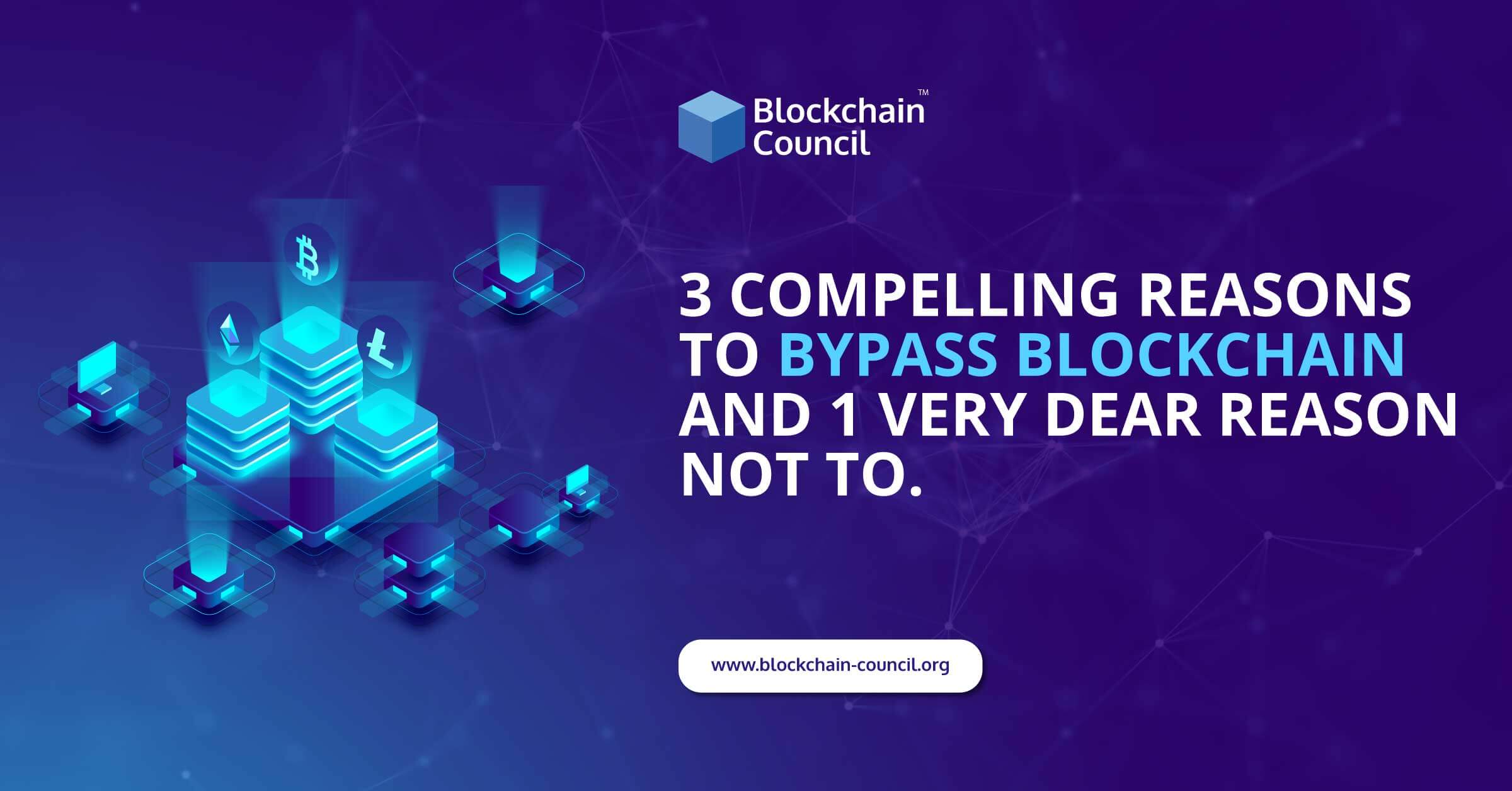
- Toshendra Kumar Sharma
- May 14, 2024
What is the P2P Network?
Peer to peer network, commonly known as P2P is a decentralized network communications model that consists of a group of devices (nodes) that collectively store and share files where each node acts as an individual peer. In this network, P2P communication is done without any central administration or server, which means all nodes have equal power and perform the same tasks.
P2P architecture is suitable for various use cases and can be categorized into structured, unstructured, and hybrid peer-to-peer networks. The unstructured peer-to-peer networks are formed by nodes randomly from connection to each other, but they are inefficient than structured ones. In structured peer-to-peer systems, the nodes are organized, and every node can efficiently search the network for the desired data. Hybrid models are actually a combination of P2P and client-server models, and when compared to the structured and unstructured P2P systems, these networks tend to present improved overall performance.
Today, P2P networks are the foundation of most of the cryptocurrencies, thus, making up a significant portion of the blockchain industry. Want to get in-depth knowledge about Blockchain technology? Check out the best blockchain certification courses now.
P2P vs. Traditional Client-Server Systems
Before understanding the role of these networks in blockchain, let’s distinguish between P2P and traditional client-server architecture. The critical difference between both the systems is that in Client-Server, there is a dedicated server and specific clients whereas, in P2P, it is maintained by a distributed network of users, where each node can act both as a server and a client.
Role of P2P in Blockchain
P2P is a technology that is based on a very simple principle, and that is the concept of decentralization. The peer-to-peer architecture of blockchain allows all cryptocurrencies to be transferred worldwide, without the need of any middle-man or intermediaries or central server. With the distributed peer-to-peer network, anyone who wishes to participate in the process of verifying and validating blocks can set up a Bitcoin node.
Blockchain is a decentralized ledger tracking of one or more digital assets on a peer-to-peer network. When we say a peer-to-peer network, it means a decentralized peer-to-peer network where all the computers are connected in some way, and where each maintains a complete copy of the ledger and compares it to other devices to ensure the data is accurate. This is unlike a bank, where transactions are stored privately and are managed only by the bank.
P2P: Pros & Cons
Let’s talk about the advantages first. Here are few undeniable benefits of the P2P network in the blockchain.
- As blockchain is a decentralized system of peer to peer network, it is highly available due to decentralization.
- Because of P2P networking capability, even if one peer gets down, the other peers are still present. Thus nobody can take down the blockchain.
- P2P networks offer greater security compared to traditional client-server systems.
- When you are using cloud computing to store your data, you need to trust AWS and Google drives, but with the blockchain, because it utilizes peer to peer network you don’t need to trust any third parties which can modify your crucial data. These are non-resistant to censorship by central authorities.
- These networks are virtually immune to the Denial-of-Service (DoS) attacks.
- The distributed peer-to-peer network, when paired with a majority consensus requirement, gives blockchains a relatively high degree of resistance to malicious activity.
P2P network in blockchain, however, raises few concerns. As in blockchain, instead of a central server, distributed ledgers must be updated on every single node, adding transactions requires a considerable amount of computational power. Although this provides an increased level of security, it significantly reduces efficiency, and this acts as one of the main hindrances in terms of scalability and mass adoption.
Summary
From file-sharing networks to energy trading platforms, the P2P system can serve several other distributed computing applications. P2P is the core of the blockchains that make cryptocurrencies possible as its architecture offers decentralization, security and eradicates dependencies on third-party.
To get instant updates about Blockchain Technology and to learn more about online blockchain certifications and become a blockchain expert, check out Blockchain Council.
If you want to keep up with the trends of blockchain industry, join our communities on Discord, Reddit and Telegram.


































































 Guides
Guides News
News Blockchain
Blockchain Smart
Contracts and DAOs
Smart
Contracts and DAOs Cryptocurrency
& Digital Assets
Cryptocurrency
& Digital Assets Web3
Web3 Metaverse & NFTs
Metaverse & NFTs
